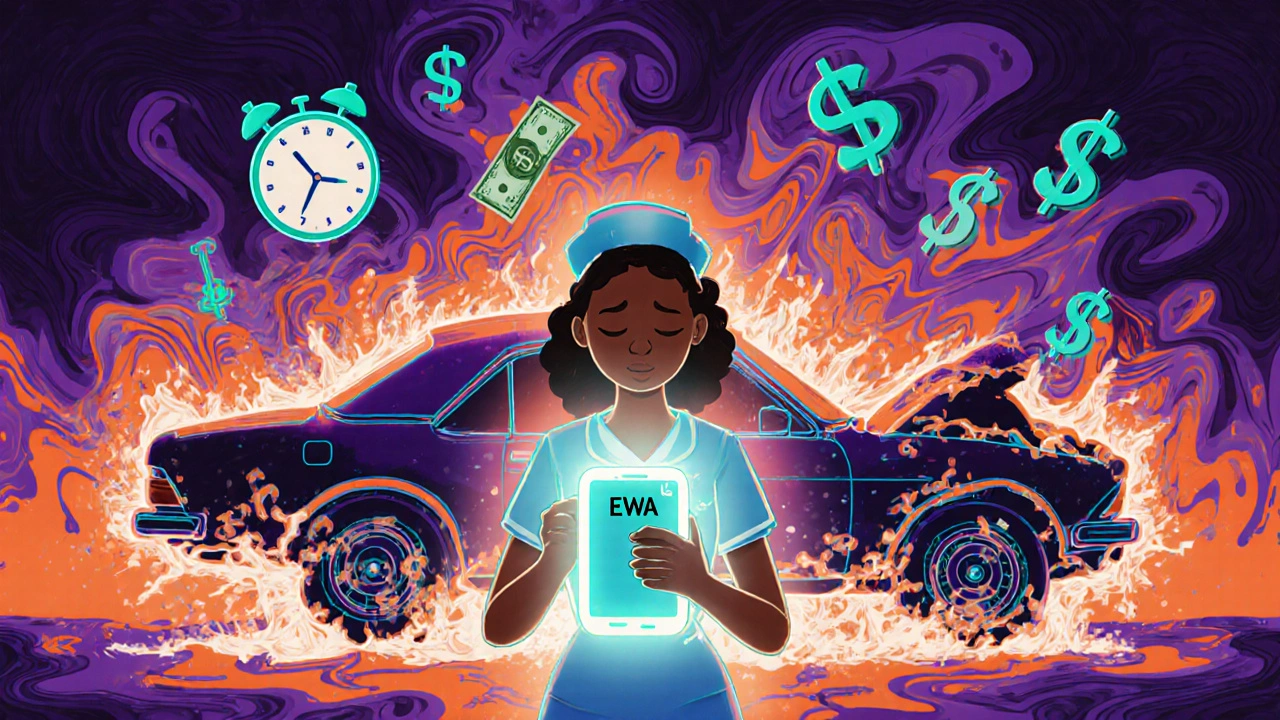Wage Advance Programs: How Early Pay Options Work and Who Benefits
When you need cash before your next payday, a wage advance program, a service that lets employees access earned wages before their scheduled pay date. Also known as earned wage access, it’s not a loan—it’s your own money, paid early. Unlike payday loans that trap people in debt cycles, these programs connect directly to your employer’s payroll system. You’re not borrowing money; you’re just getting it sooner.
These programs are growing fast because they solve real problems. Think of someone who works hourly, has a flat tire, or needs to cover a medical co-pay. They’ve already earned the money—but their next paycheck is five days away. That’s where fintech payroll, technology platforms that integrate with employers to deliver early wage access steps in. Companies like Paychex, ADP, and even apps like Even and PayActiv now offer this as a benefit. Employers don’t pay for it upfront—the employee pays a small fee, or nothing at all, depending on the setup.
What makes these programs different from traditional advances? They’re automated, transparent, and tied to hours actually worked. No credit checks. No interest. No hidden terms. You see exactly how much you’ve earned so far, and how much you can pull. Some even sync with budgeting apps to help you plan. But not all are built the same. Some charge per transaction. Others are free if your employer sponsors them. And while they’re great for short-term cash flow, they’re not meant to replace a real emergency fund.
There’s also a bigger picture here. Wage advance programs are part of a shift toward financial fairness. Millions of workers live paycheck to paycheck, not because they’re irresponsible, but because the system is outdated. Paying once or twice a month doesn’t match how people spend. These tools help close that gap. They’re especially useful for gig workers, retail staff, nurses, and delivery drivers who don’t get benefits like paid time off or employer-sponsored loans.
Still, they’re not a fix for low wages. If you’re relying on early pay every week, it might mean your income isn’t enough to cover your needs. That’s when you need to look at side gigs, budgeting tools, or even negotiating better pay. But for now, if you need $100 to get through the week and you’ve already worked 25 hours, a wage advance program can be the difference between stress and calm.
Below, you’ll find real reviews and comparisons of platforms that offer these services—some free, some with fees, all designed to help you take control of your cash flow without debt.
